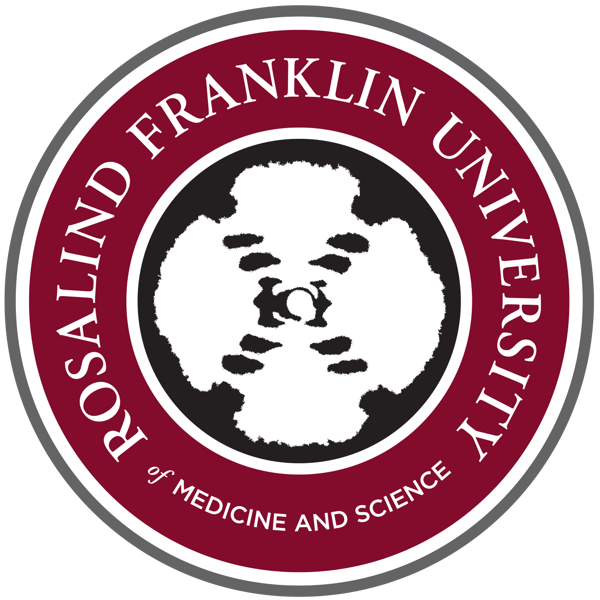177 - The Antidote Arsenal: Exploring the Emergency Toolbox for Anticoagulant Reversals
HelixTalk - Rosalind Franklin University's College of Pharmacy Podcast
Sean P. Kane, PharmD, BCPS
5 • 644 Ratings
🗓️ 23 January 2024
⏱️ 39 minutes
🧾️ Download transcript
Summary
In this episode, we review evidence-based guidelines for the emergency reversal of warfarin, dabigatran, and the oral Xa inhibitors (apixaban, edoxaban, and rivaroxaban).
Key Concepts
- Reversal of anticoagulation is indicated in patients with major hemorrhage or when emergency surgery is necessary.
- Reversal of warfarin (Coumadin®) involves a fast-acting, short-term solution (usually prothrombin complex concentrates [PCC]) and a slower-acting, long-term solution (intravenous vitamin K).
- Idarucizumab (Praxbind®) is the preferred reversal strategy for dabigatran (Pradaxa®). Idarucizumab is a monoclonal antibody fragment specific that binds and inactivates dabigatran. If idarucizumab is unavailable, PCCs are recommended.
- Andexanet alfa (Andexxa®) is the preferred reversal strategy for oral Xa inhibitors and has FDA approval specific to apixaban and rivaroxaban. Andexanet alfa is a decoy factor Xa protein with higher binding affinity than human clotting factor Xa. There are several barriers to use with andexanet alfa that has led to low utilization in hospitals. If andexanet alfa is unavailable, PCCs are recommended.
References
- Baugh CW, et al. Anticoagulant Reversal Strategies in the Emergency Department Setting: Recommendations of a Multidisciplinary Expert Panel. Ann Emerg Med. 2020;76(4):470-485.
- Cuker A, Burnett A, Triller D, et al. Reversal of direct oral anticoagulants: Guidance from the Anticoagulation Forum. Am J Hematol. 2019;94(6):697-709. doi:10.1002/ajh.25475
- Tomaselli GF, et al. 2020 ACC Expert Consensus Decision Pathway on Management of Bleeding in Patients on Oral Anticoagulants: A Report of the American College of Cardiology Solution Set Oversight Committee. J Am Coll Cardiol. 2020;76(5):594-622.
Transcript
Click on a timestamp to play from that location
| 0:00.0 | Welcome to Helix Talk, an educational podcast for healthcare students and providers covering real-life clinical pearls, professional pharmacy topics, and drug therapy discussions. |
| 0:11.0 | This podcast is provided by pharmacists and faculty members at Rosal Franklin University College of Pharmacy. |
| 0:17.0 | This podcast contains general information for educational purposes only. This is not professional |
| 0:22.4 | advice and should not be used in lieu of obtaining advice from a qualified health care provider. |
| 0:27.2 | And now on to the show. |
| 0:31.8 | Welcome to Helix Talk episode 177. I'm your co-host, Dr. Kane. And I'm Dr. Mattel. |
| 0:43.3 | And the title of today's episode is The Antidote Arsenal, Exploring the Emergency Toolbox for Anticoagulant Reversals. So Dr. Patel, today we're talking about how we reverse our DOACs |
| 0:49.3 | and warfarin and patients that have either major bleeding or have a life-threatening emergency and they need |
| 0:54.9 | emergency surgery. |
| 0:56.7 | Oh, this is a great topic, Dr. Kane. |
| 0:58.7 | Just me providing anticoagulation care on the outpatient side, I don't get to deal with, |
| 1:04.7 | you know, these agents clinically as much aside from vitamin K. |
| 1:08.2 | But my patients always ask, like, hey, you know, if I do consider |
| 1:12.2 | going on one of those new DOACs, like, is there an anti-coag agent available? So I'm excited to get |
| 1:18.7 | into the nitty-gritty of what pharmacists need to know in terms of what dosing agents are available, |
| 1:23.7 | what the safety efficacy profile and things to consider. Well, why don't we start with a patient case? |
| 1:29.8 | And honestly, Dr. Ptel, this is a very common patient that I see in my clinical practice in the ICU. |
| 1:35.3 | So a 77-year-old woman comes to the emergency department after a serious motor vehicle accident. |
| 1:41.3 | She has a number of orthopedic fractures, and she's found to have a subdural |
| 1:45.3 | hematoma, which is a form of intercranial hemorrhage. She's intubated for airway protection |
| 1:50.1 | because she's too sleepy because of her traumatic brain injury. So neurosurgery wants to take her to |
| 1:56.1 | the operating room for a craniotomy and an evacuation of that bleed in her brain. No family is available, |
... |
Please login to see the full transcript.
Disclaimer: The podcast and artwork embedded on this page are from Sean P. Kane, PharmD, BCPS, and are the property of its owner and not affiliated with or endorsed by Tapesearch.
Generated transcripts are the property of Sean P. Kane, PharmD, BCPS and are distributed freely under the Fair Use doctrine. Transcripts generated by Tapesearch are not guaranteed to be accurate.
Copyright © Tapesearch 2025.

